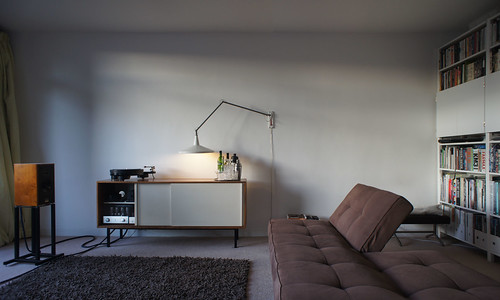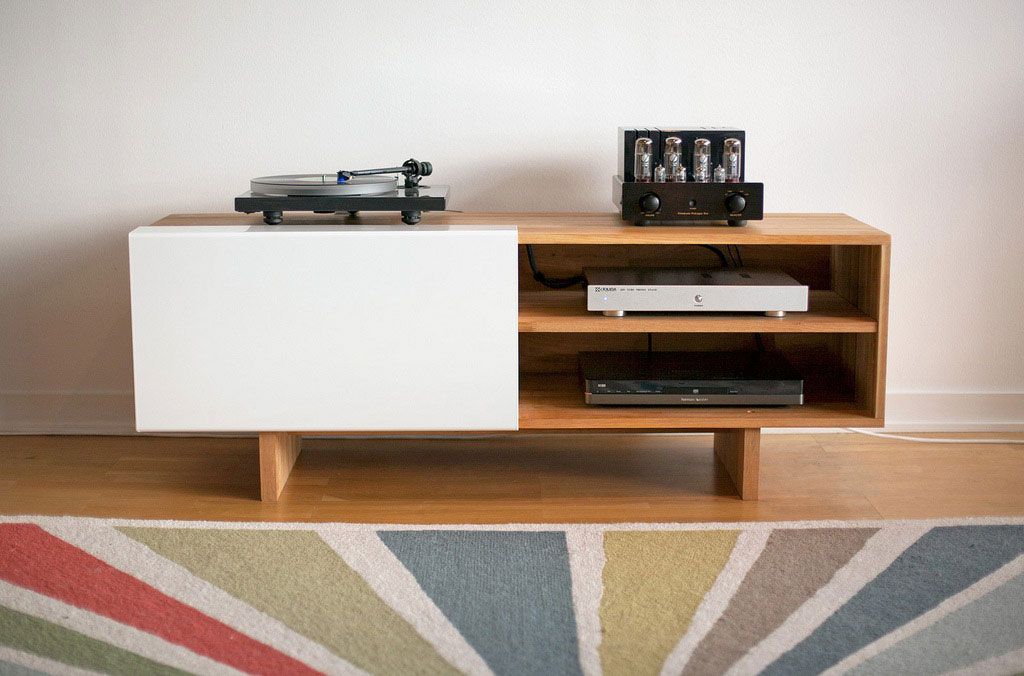Hi all..
I read some reviews on equipment racks where the reviewer found that they tighten the image and some even found that they increase clarity.
Considering that both a streamer and amplifier have no moving parts, will they actually vibrate when in use. I understand that cd players vibrate, but without a cd player in the chain, is there still vibration.
What is the harm in placing one directly above the other. Apart from heat dissipation issues, is there something else in play hurting the sound. Some of those racks are as expensive as an amplifier themselves. So is it just all for aesthetics or is there sound reason to invest in one for sonic gains. Thanks for your time.
I read some reviews on equipment racks where the reviewer found that they tighten the image and some even found that they increase clarity.
Considering that both a streamer and amplifier have no moving parts, will they actually vibrate when in use. I understand that cd players vibrate, but without a cd player in the chain, is there still vibration.
What is the harm in placing one directly above the other. Apart from heat dissipation issues, is there something else in play hurting the sound. Some of those racks are as expensive as an amplifier themselves. So is it just all for aesthetics or is there sound reason to invest in one for sonic gains. Thanks for your time.




